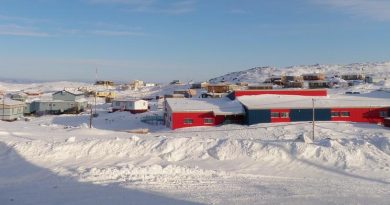Parliament tables new management plan for Canada’s northernmost national park
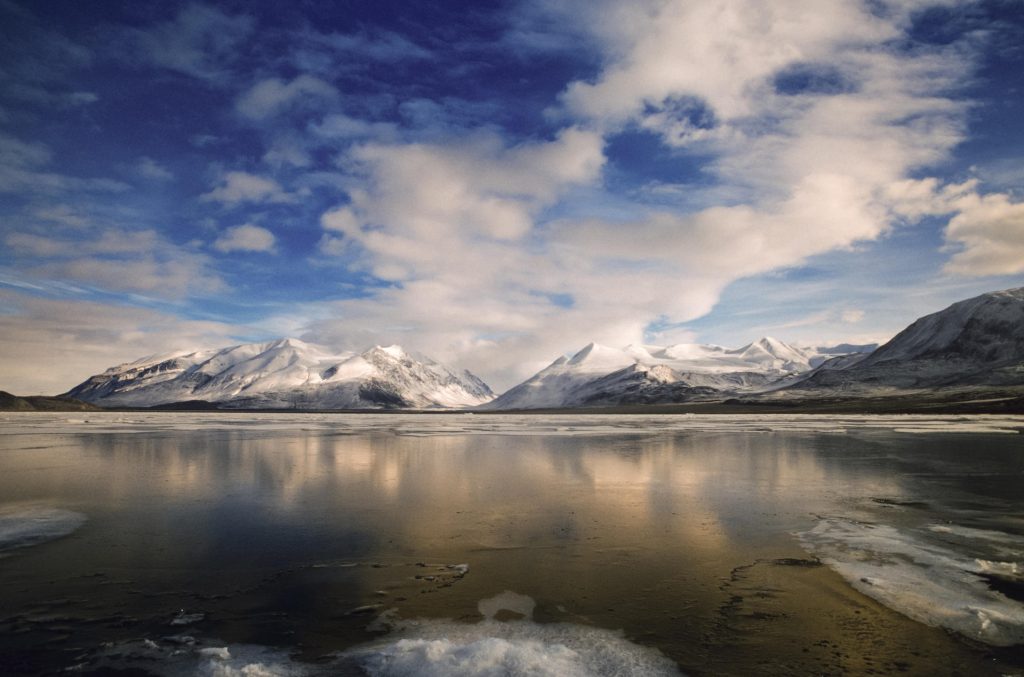
Parliament tabled a new management plan for Canada’s northernmost national Park last week, with emphasis on Inuit knowledge being a cornerstone for decision-making.
Quttinirpaaq National Park is located 800 kilometres from the North Pole on Ellesmere Island in the Arctic territory of Nunavut.
Quttinirpaaq means “at the top” in the Inuit language.
Plans reviewed every 10 years
Under the Canada National Parks Act, national parks, historic sites and marine conservation areas need to have their management plans reviewed every decade.
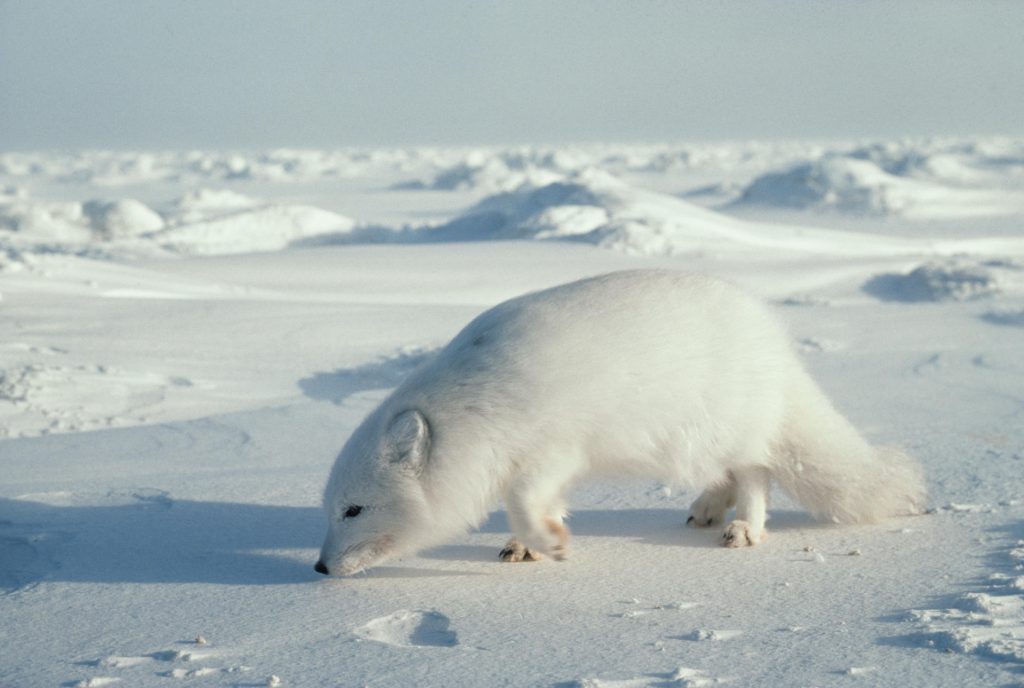
Inuit in the Nunavut communities of Resolute Bay and Grise Fiord, as well as Inuit organizations, researchers, visitors and federal and territorial departments contributed to developing the second Quttinirpaaq National Park plan.
“I would like to thank everyone who contributed to the management plan for Quttinirpaaq National Park that will help shape the future of this treasured place,” Canada’s Environment Minister Steven Guilbeault, said in a statement on Friday.
“I applaud this collaborative effort to ensure Quttinirpaaq National Park continues to protect our shared national heritage and will be enjoyed for generations to come.”
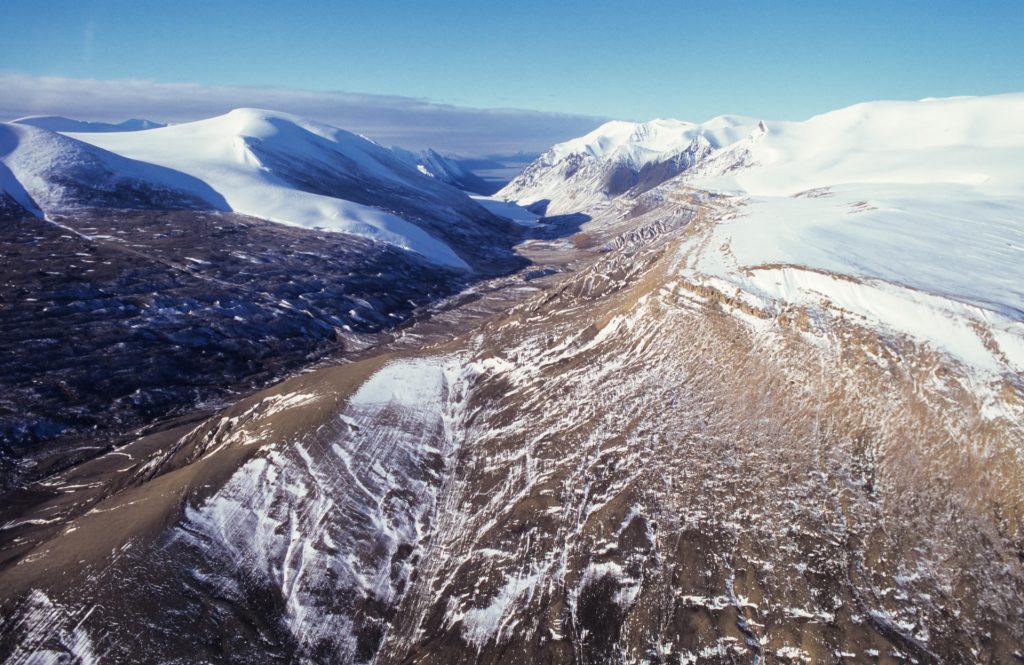
- actively engage in Quttinirpaaq National Park decision making
- matching park research, tourism and infrastructure projects with the interests of Inuit communities
- combine Inuit and scientific knowledge to better understand the park and take care of its environment
Quttinirpaaq National Park covers 37,775 km2 and is the second largest national park in Canada after Wood Buffalo National Park that straddles the Alberta Northwest Territories border.
Major features include glaciers and mountains. It also holds prehistoric archaeological sites.
Park visits since 2008
Cruise ships and charter flights are the only way for visitors to travel to the park, with cruise ships being the main access.
The average number of visitors that made it to the park per year when no cruise ships were running was 17 in the period between 2008-2017.
In the three years where cruise ships were running, the average number of visitors was 215.
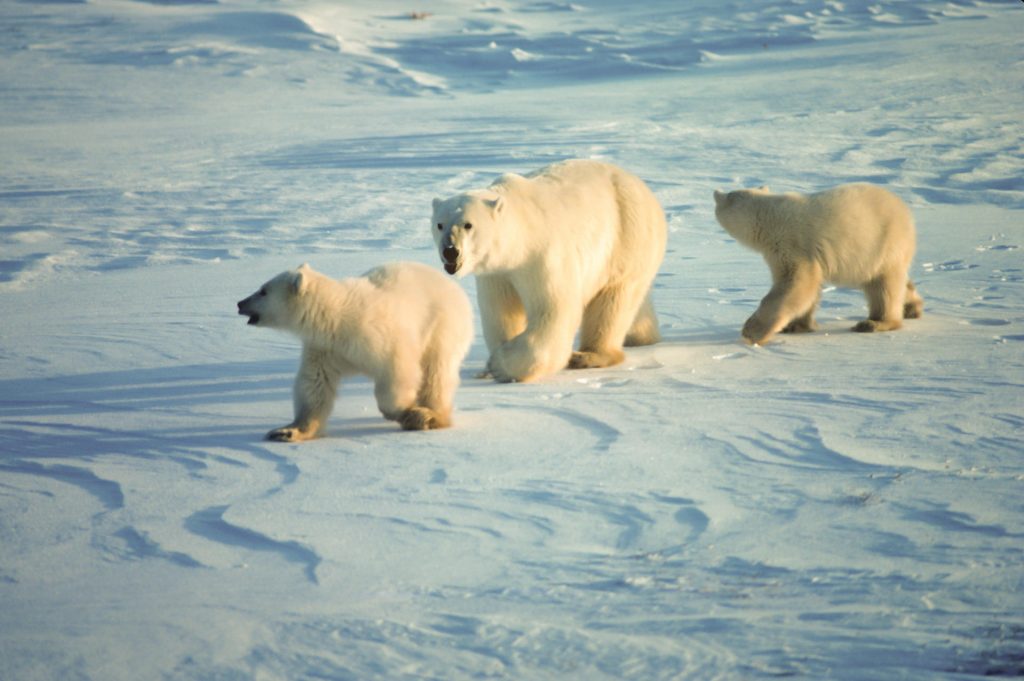
Researchers typically spending anywhere from five days to two months in the park, with approximately 20 making the trip each year.
The Tanquary Fiord airstrip in the park is also used by between 40-150 National Defence personnel per operating season.
Write to Eilís Quinn at eilis.quinn(at)cbc.ca
Comments, tips or story ideas? Contact Eilís at eilis.quinn(at)cbc.ca
Related stories from around the North:
Canada: Conservation an important path forward for Nunavut’s economy, says report, Eye on the Arctic
Finland: Conservationists find more critically endangered Arctic fox cubs in Finnish Lapland, Yle News
Greenland: Canada and Greenland sign letter of intent on marine conservation area in Arctic, Eye on the Arctic
Norway: Climate change hits back at Svalbard, coal mine flooded by melting glacier in Norway, The Independent Barents Observer
Russia: Oral histories unlock impact of climate change on nomadic life in Arctic Russia, says study, Eye on the Arctic
Sweden: Extra billions to SAS – but with stricter climate requirements, Radio Sweden
United States: Conservation groups sue government over Alaska mining road, The Associated Press

